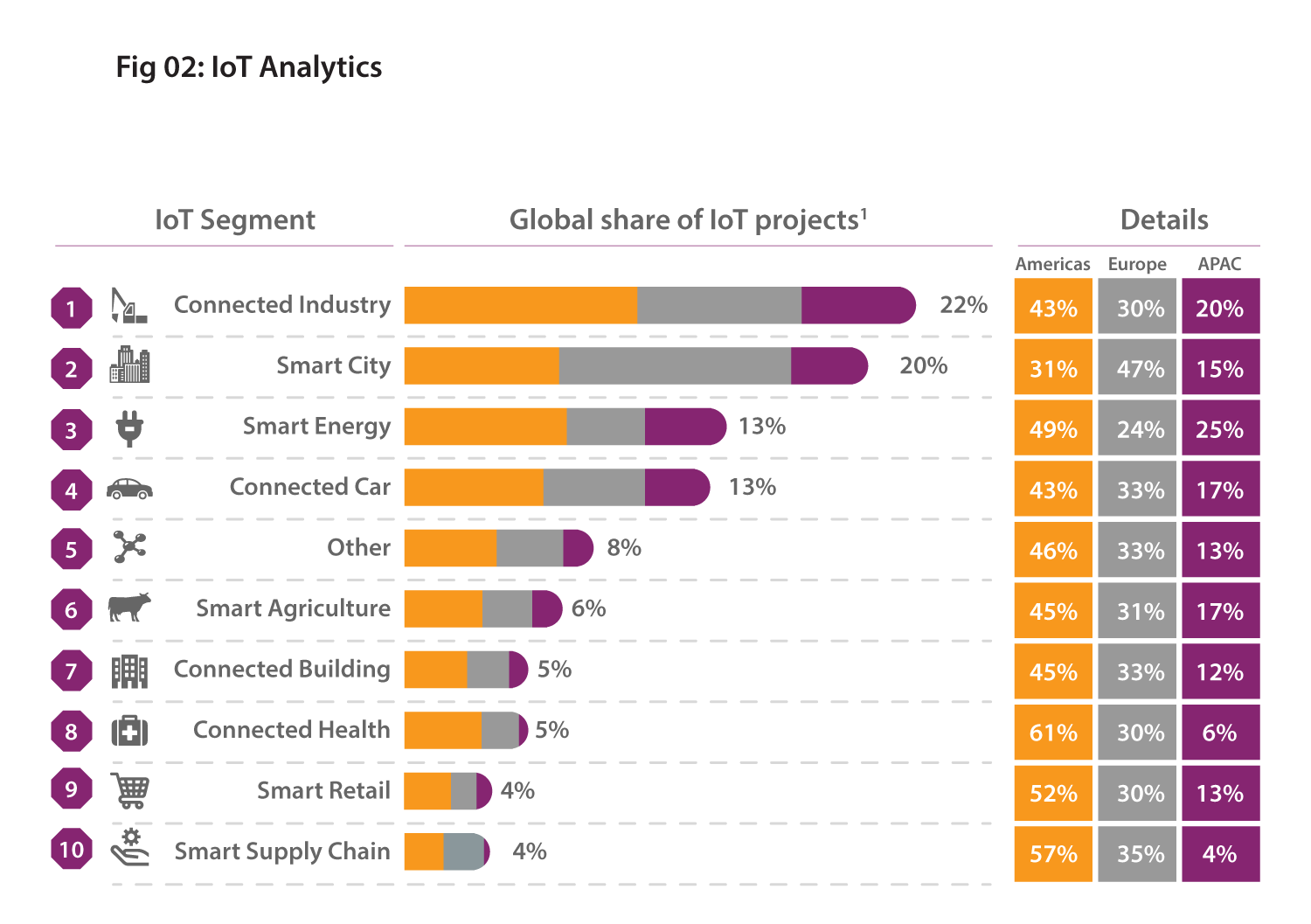Industry Thought Leadership
Regulatory Frameworks for IoT: Opportunities and Challenges
September, 2019The “Digital Revolution” of the Internet of Things technological alteration entails new business models and, therefore, new revenue streams to various industries in our modern world. Traditional ways are being left behind and turning to become outdated, as IoT brings incredible opportunities for companies to offer real-time sensor data and information services, making it an unbelievable development in technology that will allow the end user to be connected to an infinite number of devices at all times from any point on the globe.
Technology became the key enablers of any growth and expansion strategy; and that is through providing pervasive connectivity, a combination of the national broadband network, public access points to broadband, a Smart Nation Platform which extends pervasive connectivity for sensors, open data and co-creation of new services and through heterogeneous networks for seamless roaming between networks.
The IoT emphasis is on 5G networks that support the millions of connected devices when it comes to the telecommunications sector. The idea is to solve the issue of temporary delays, high speed and low power consumption. Internet of Things is also diverse from a connectivity perspective. The variety of connectivity solutions, including cellular, satellite and private networks enables providers to address diverse and evolving customer requirements, across a wide range of uses in different vertical sectors.
Yet, the use of the IoT does not stop at homes, cities or information. However, it also applies for transport and many other sectors. Intelligent transport systems targeting both human beings and goods use IoT sensors since intelligent vehicles assist drivers in anticipating maintenance problems, accidents, find parking spots, etc. while it also expends to include trains, planes, ships and heavy vehicles. The aim is to manage the supply chain and handle logistics and security while increasing engine performance and durability. Many companies have already joined this trend, which makes their infrastructure more complex and development more astonishing.

The application of the Internet of Things leads to a hyper-connected world over which security is a major concern, it is an important challenge to keep it under control as well as create routes for its protection. Therefore, it relies on programming codes and developing software that address such a delicate situation. In addition, one of the numerous issues that the Regulatory faces are the legal matters. This applies mainly to the banking and insurance sectors, medical and pharmaceutical industries, infrastructure and manufacturing equipment, and in particular all food related equipment.
On the other hand, the security vulnerabilities (privacy, sabotage, denial of service) with the constant hacking of high-profile targets keeps this danger constantly in the back of our minds. For instance, the significances of sabotage could be far more thoughtful than a compromise of privacy. For instance, altering the mix ratio of decontaminators at a water treatment plant or stopping the climatization system at a nuclear power plant could theoretically place a whole city in instant hazard. Additionally, the determinism of the network, the lack of a common standardization and the continuous fragmentation in the implementation of IoT will decrease the value and increase the cost to the end users.

However, even while facing a reasonable amount of challenges in the implementation and adoption of the Internet of Things in many of our life’s aspects, the solution is around to stay. Most of the technical and hypothetical problematic will be surely be resolved within the next few years; but it is the corporation that will come up with a generic framework and persuasive business model on how to implement and monetize the Internet of Things that will possess the goose that lays the golden eggs.

